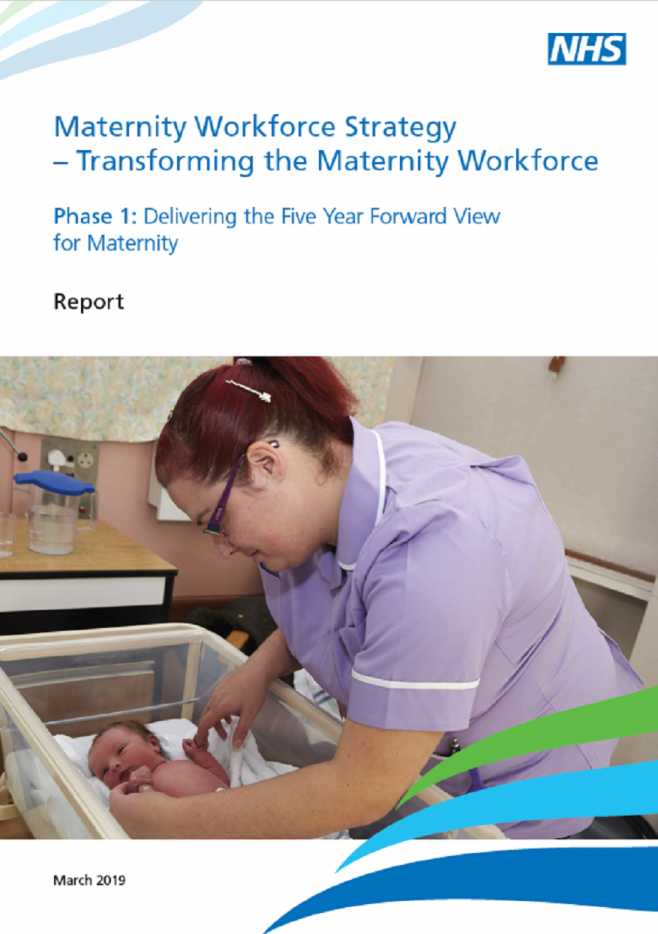You are here
Transforming Maternity Services
7 March 2019

New measures to transform maternity care in England to deliver more personalised and safer care for women and their babies and to boost the number of midwives has been announced by Health Education England (HEE) today.
The Maternity Workforce Strategy - Transforming the Maternity Workforce sets out plans to do this, highlights include:
- Increasing midwifery training placements by 25% over the next 4 years. The first 650 places will be available this year and there will be an increase of up to 1,000 places a year until 2023;
- Investment in education and training for both new and current staff. This will include designing and providing new leadership programmes and opportunities for developing new skills or for upskilling for current staff;
- Working with partners to implement the Maternity Support Worker (MSW) Competency, Career and Education Development Framework across England. This work will ensure MSWs can develop the appropriate skills and knowledge to provide safe and personal care to women and babies and support to maternity teams to deliver the vision outlined in Better Births;
- Introducing a programme of support to Local Maternity Systems (LMSs) for integrated workforce planning and analysis; and
- Making sure there is consistent care over the entire maternity care pathway, to ensure women see as few different health care staff as possible and that enough cover is available for any unscheduled care.
David Farrelly, Regional Director for Health Education England - Midlands and East and lead on Maternity Workforce Transformation said:
We need to do all we can to make sure that everyone working in maternity services has the support and resources they need to deliver high quality care to every woman and their babies.
“Having a baby in England has never been safer but we need to make sure we have the right numbers but also the high quality and correct skill mix to make our services more personalised and consistently safe,
“ I believe the measures outlined in this strategy will help do just that.”
Professor Mary Ann Lumsden, Senior Vice President of the Royal College of Obstetricians and Gynaecologists, said:
The Royal College of Obstetricians and Gynaecologists welcomes the strategy and the opportunity we have had to help shape its development. The workforce is at the centre of delivering the best care for women and their babies. However, we are experiencing workforce challenges in response to increasing demands on the service.
“The RCOG believes that one of the most effective ways to address these challenges and improve the quality of care for patients is to increase the number of doctors available, whilst also improving the welfare of the workforce. This includes celebrating talent and success, providing our doctors with rewarding career opportunities and addressing the low morale of many within our workforce. Within the profession there are many examples of innovative working patterns and practices. We must celebrate their success and learn from them.
“The RCOG encourages leaders to come together to support the implementation of this important strategy.”
Gill Walton, Chief Executive and General Secretary of the Royal College of Midwives, said:
All of the initiatives point to an even brighter future for midwives and maternity support workers, for our maternity services and even better care for the women and their families who use them. We welcome the pledge for 3000 more student midwives in training over the next few years and we look forward to working in partnership to make all of these commitments a reality.”